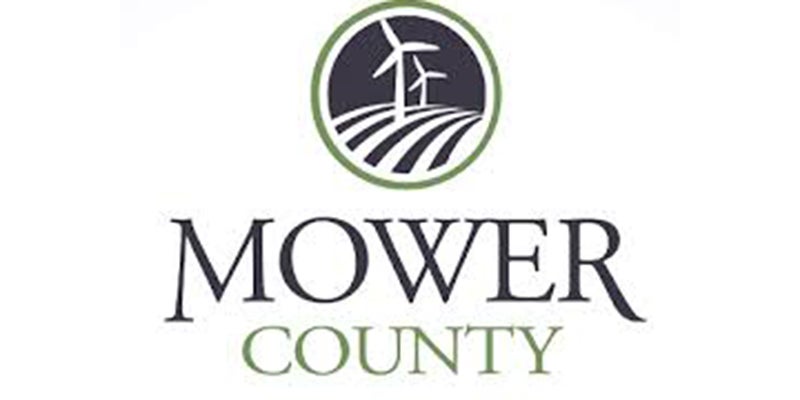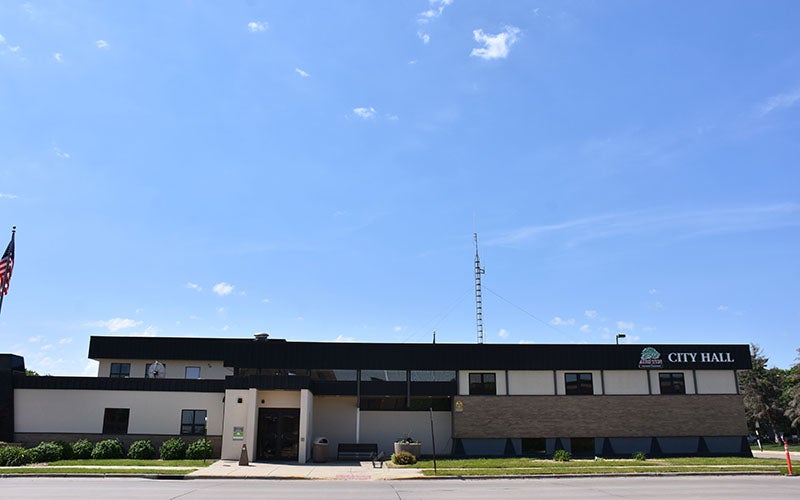Root River plan a go; 13 local government units each will decide whether to adopt document
Published 10:20 am Friday, December 23, 2016

- A sky view of the Cedar River near Austin. Herald file photo
PRESTON — A plan aimed at better planning for water management is moving forward.
On Dec. 19, the Policy Committee of the Root River One Watershed, One Plan (1W1P) unanimously approved the final draft of the water management plan at a meeting in Chatfield, according to a press release.
Root River 1W1P’s planning document now will go to 13 local government units’ boards to decide individually in the next four months on whether to adopt it.
The Root River plan is one of five 1W1P pilot projects, but the state launched 1W1P statewide in April after the two-year pilot period. In August, the state approved the Cedar River 1W1P project as part of the next round of projects with a two-year process to get it underway.
“What I really hope comes out of this One Watershed Plan is it puts all of us at the table together, and we really do deliberate thinking and strategizing on where our issues are,” said Justin Hanson, the Mower County Soil & Water Conservation District manager and Cedar River Watershed District administrator.
Hanson said the process has worked well in the early going, as he admitted he wondered if the various counties and districts involved in the Root River 1W1P would compete for funding, but he said there’s a sense of cooperation to get the best plans done first. In fact, Hanson described a sense of the watershed districts and staff working collaboratively.
“The staff are more connected than ever before,” he said.

The above graphic shows the area that would be affected by the Root River One Watershed, One Plan. Photo provided
They’re still in the early, early stages and they’re gaining buy-in from counties, cities and groups in the district. However, he admits water planning isn’t necessarily a top priority for county government.
“I’m excited about where we’re going end up,” Hanson said.
Root River 1W1P committee members gave no indication Monday of local government opposition to adopting the plan, which will not add a new layer of government. The plan will get a five-year evaluation and 10-year revision.
“It’s a great relief to finish the Root River 1W1P planning process that now will open up opportunities for our office to do more projects on land in eastern Mower County,” said Tim Ruzek, water planner and outreach coordinator for the Mower SWCD.
Mower County’s eastern portion hosts the headwaters of the Root River and Upper Iowa River. About 13 percent of Root River 1W1P’s planning area is in Mower County, including the townships of Bennington, Clayton, Dexter, Frankford, Grand Meadow, LeRoy, Lodi, Pleasant Valley, Racine and Sargeant.
Root River 1W1P’s local government units include Dodge, Fillmore, Mower, Olmsted, Houston and Winona counties along with their respective Soil & Water Conservation Districts (SWCDs), with Root River SWCD representing Houston County. Crooked Creek Watershed District in Houston County also is among them.
Policy Committee members on Monday approved the joint powers agreement for continuing to work together under Root River 1W1P. They heard from the planning work group on a tentative 2017 implementation plan.
Root River 1W1P’s planning area covers more than 1.3 million acres in parts of six counties — Dodge, Fillmore, Houston, Mower, Olmsted and Winona — and includes the Root River Watershed; Minnesota’s portion of the Upper Iowa River Watershed; and Houston County’s Mississippi-Reno Watershed.
Starting as a drainage ditch in eastern Mower County, the Root River flows eastwardly through much geologic diversity, including glacial till, karst topography and bluff land. In Fillmore County, the Root River disappears underground near Forestville State Park before resurfacing near Preston and eventually empties into the Mississippi River near Hokah, in Houston County.
In September, the committee — which has consisted of elected representatives from each of those local government units — hosted two public hearings on the draft plan in Stewartville and Caledonia.
On Dec. 14, Fillmore SWCD’s Donna Rasmussen and Jennifer Ronnenberg presented the final Root River 1W1P document to the full board of the Minnesota Board of Water & Soil Resources (BWSR), which voted to approve. They made similar presentations in November to BWSR’s Southern Regional Committee and the state’s Clean Water Council.
One of five 1W1P pilot projects in Minnesota, Root River 1W1P has involved planning partners representing a broad range of stakeholders, including local governments, state agencies, community members and organizations. Fillmore SWCD has led the 1W1P process and hosted most meetings in Preston. Winona SWCD has been the fiscal agent.
BWSR has led the statewide 1W1P program aiming to reduce Minnesota’s more than 200 water-management plans based on political boundaries to less than 100 plans created on watershed boundaries. Watershed-based plans have the potential to allow for streamlined funding and administration to maximize efficiency, minimize redundancy and prevent duplication of efforts both on the local and state levels.
The Root River 1W1P planning document — along with other related materials, such as meeting minutes — is available on Fillmore SWCD’s website at: www.fillmoreswcd.org/rootRiverWatershed.html





